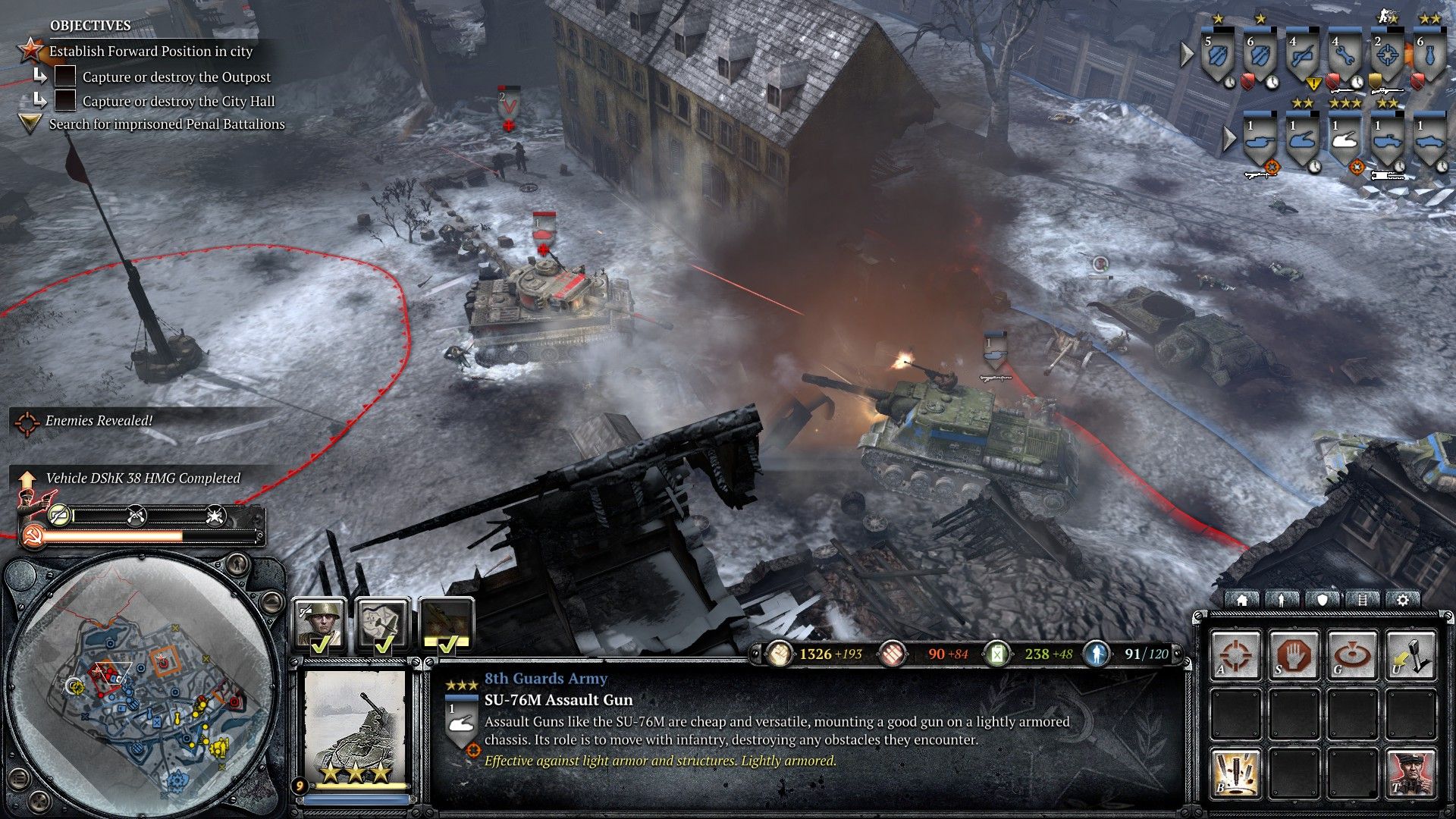

Using the IPFS API Python client library, the bot uploads the metadata to IPFS, receiving the corresponding hash. With this data, the bot creates a custom JSON metadata tailored to the Steam digital asset by following the ERC721 metadata standards recommended by OpenSea. After receiving a new asset, the bot (programmed in Python) uses a custom Steam API endpoint to fetch the asset’s JSON data, including images, descriptions, tags, and general market information. In order to create a seamless experience, users can directly send any Steam digital asset to the bot escrow using Steam’s marketplace interface. A user can receive back the Steam digital asset by burning the NFT through the smart contract. Furthermore, any experienced user can use the backed NFT as collateral for loans through permissionless lending protocols - the applications are endless. Through any marketplace, such as OpenSea, users can sell, buy and trade the backed NFTs using a decentralized system. Through this tool, users can send any digital asset to a Steam escrow and mint the backed NFT. The Steam platform also includes a multi-billion dollar digital marketplace that allows users to buy and sell certain in-game items, in addition to digital trading cards, emotes, profile wallpapers, and other items designed for use with Steam.Ĭonsidering the significance of Steam within the web2 ecosystem, this tool aims to expand the current web3 gaming frontier by bridging the Steam marketplace and the Ethereum mainnet. By 2019, the service had over 34,000 games with over 95 million monthly active users. In 2017, users purchasing games through Steam totaled approximately US$4.3 billion, representing at least 18% of global PC game sales, according to Steam Spy.

Steam is a video game digital distribution service and storefront by Valve.


 0 kommentar(er)
0 kommentar(er)
